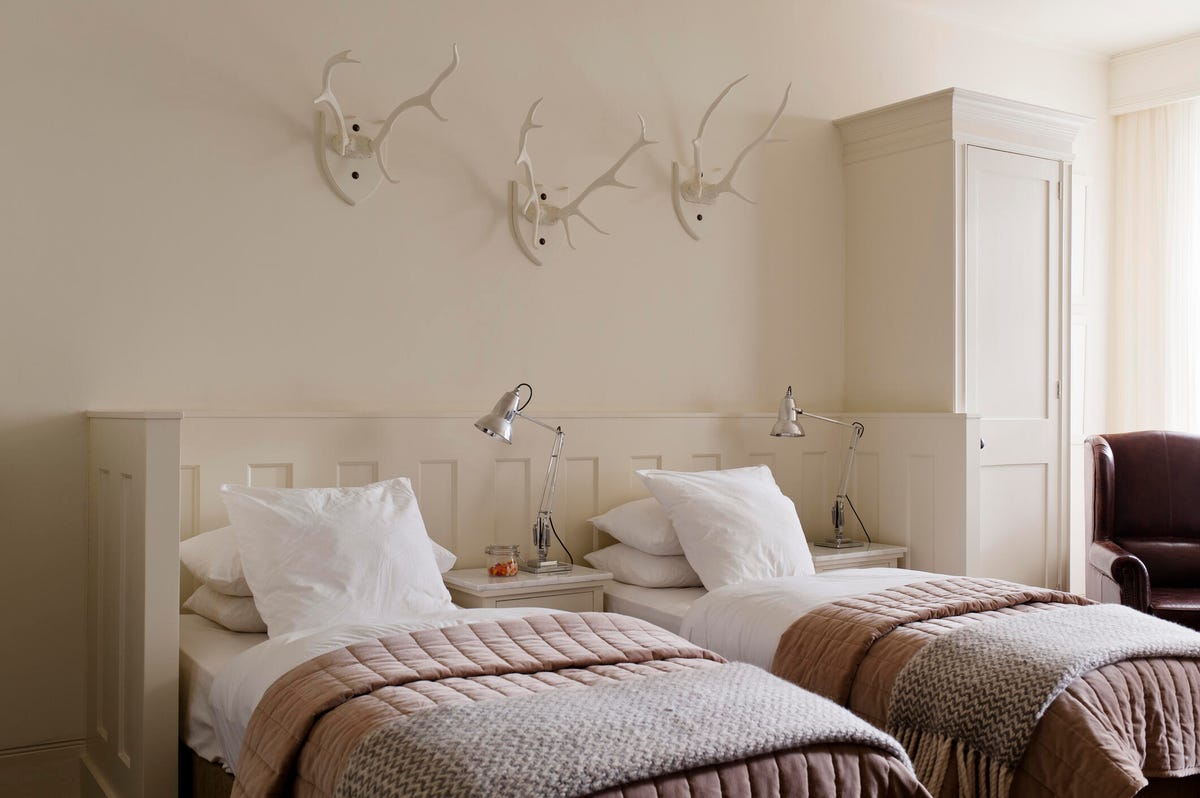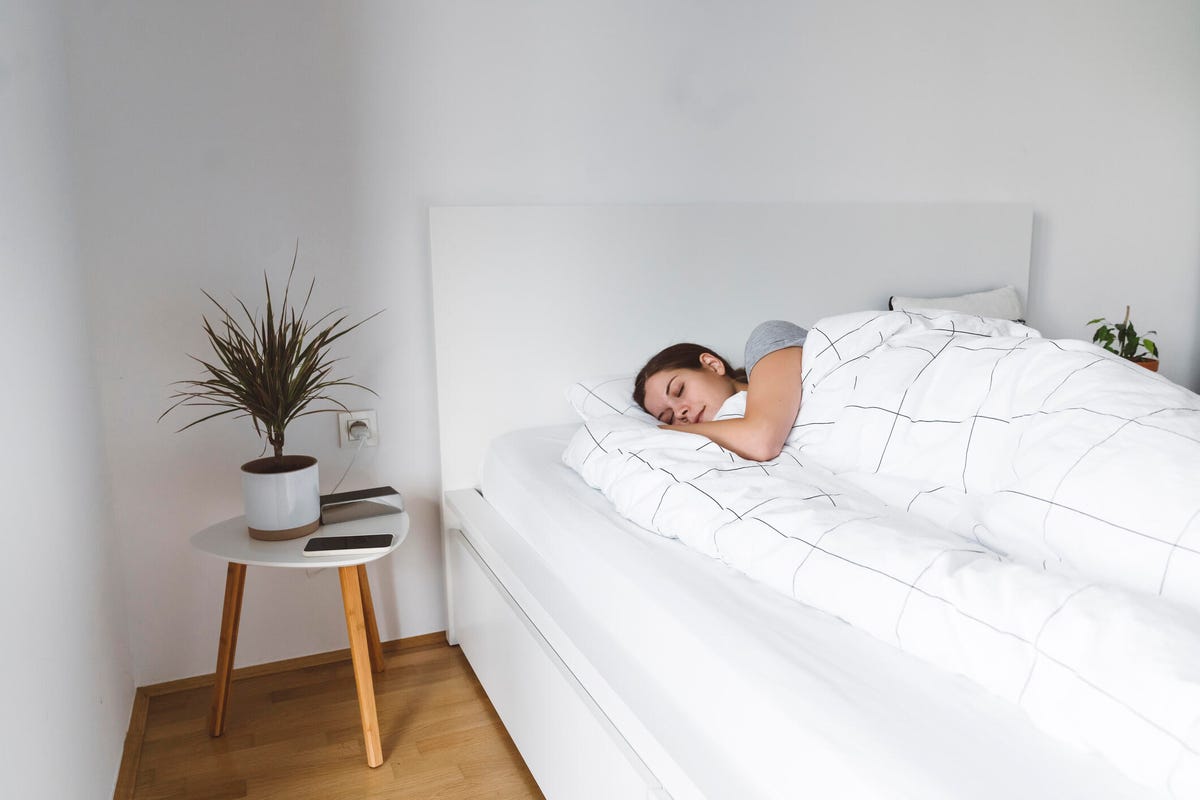Some mattress sizes are easy to differentiate, like a full vs queen, but others are downright confusing. For example, what is the difference between a single vs twin mattress? Technically, there is no difference.
A single mattress and a twin mattress are the same size — unlike a twin and twin XL, which are different. A twin is sometimes called a single mattress because it is designed for solo sleepers. It can also be a great transitional bed for children moving from a crib to a larger bed.
If you are considering a twin bed for your home, this is what you need to know before you buy.
Single and twin-size mattress dimensions
When buying a twin-size bed, these are a few things to keep in mind.
|
Twin mattress |
|
|
Length |
38 inches |
|
Width |
75 inches |
|
Best for |
Solo sleepers |
|
Recommended room size |
7 x 9 feet |
|
Price range |
$300-$1,900 |
Twin-size mattress pros
- Comfortably accommodates a single sleeper
- Great for children, especially to accommodate two separate beds for siblings in one room
- Leaves plenty of floor space
- Are budget-friendly
- Easy-to-find bedding accessories

Twin-size mattress cons
- Not ideal when you sleep with another person or pet
- May be too short for tall people
- Can be too small for larger rooms
Mattress size comparison
A single mattress shares the exact dimensions of a twin-size bed. It measures 38 inches wide by 75 inches long for a total of 2,850 square inches. It is the smallest standard bed size available, compared to a king mattress, which is almost double its size. In fact, when you push two together, it makes a bed that is just as wide as a king but a little shorter (two twin XL mattresses form a true king).
To help, this is a breakdown of mattresses by size.
|
Mattress size |
Dimensions |
|
Twin |
38″ x 75″ |
|
Twin XL |
38″ x 80″ |
|
Full |
54″ x 74″ |
|
Queen |
60″ x 80″ |
|
King |
76″ x 80″ |
|
California King |
72″ x 84″ |
What to consider when choosing a single or twin-size mattress
There are a few important considerations when choosing the best mattress for your home.
Room size
The recommended room size for a single bed is 7 x 9 feet. That leaves enough room for other furniture in the room, such as a dresser or desk, as well as enough room for you to move around comfortably. A twin bed is most commonly used in smaller bedrooms, such as a guest room or child’s room. However, it can be used in any room where you want a lot of free space.
Sleep space needed
As the smallest bed size, a single bed is best used for solo sleepers. They can also be a great choice for the children in your household, especially those transitioning from a crib to a bed. A full bed is not ideal for everyone. If you are taller than six feet, you may instead want to consider a twin XL, which gives added length for your comfort.
Budget
Not everyone has an unlimited budget for a new mattress, but the good news is that a twin mattress is generally the cheapest mattress you can buy. The average twin-size mattress ranges from $300 to $1,900, depending on the brand and type of mattress you choose. With the money you save on a smaller bed, you could upgrade your bed to a luxury mattress or organic mattress that tends to cost a little more.
Sleep style
How you sleep can also determine whether a twin is big enough for your comfort. If you sleep on your side, it could fit you comfortably. When you sleep on your back or stomach, your body is elongated and requires more space. Side sleepers curl up, fitting comfortably onto a shorter bed. If you tend to move around a lot in your sleep, a wider mattress like a full-size or queen mattress could benefit you better.

Bedding and accessories
Don’t forget about your bedding accessories, like pillows, blankets and sheets. These are easily found for twin-size beds as they are always in demand, and as a standard bed size, they are generally available at a more affordable cost than larger sizes to save you extra money. If you are buying for children, you should have no problem finding a plethora of different patterns and colors made especially for kids’ bedding.
Ease of transportation
One of the best parts about a twin mattress is how easy it is to move. As the smallest bed size, it easily fits through door frames, and it is light enough to be carried upstairs without trouble. If you choose to have it delivered, you may also find that delivery fees are cheaper.
Use of the bed
A twin bed can fit nearly anywhere in your home, thanks to its compact size. It is a perfect fit for most children’s rooms, and it is even ideal for a guest room if you have frequent visitors. You always have the option to push two together to create more space for growing children or if you have couples visiting together. Some homeowners will also use twin beds in a guest house, vacation property or even a rental that needs to be furnished during showings.
Twin vs. single mattress FAQs
Is a single the same as a twin?
Yes, a single bed is the same as a twin bed. A single bed is simply another name for a twin bed, and it refers to the idea that a single person sleeps in the bed.
Are single beds suitable for adults?
A single bed is suitable for adults who sleep alone. If you are on the taller side, you may want to consider a twin XL mattress, as it will give you an additional five inches of length to accommodate your height.
Is a twin bed big enough for one person?
Single beds are suitable for single adult sleepers but likely will not provide enough room for two people to sleep comfortably. If you sleep with another person, a larger size like a king or queen mattress may be a better fit.
Should I get a twin or a full mattress?
It all depends on your sleep style. If you sleep alone and tend to be a side sleeper, a twin mattress could be great for you. It is also a fantastic fit for the children in your family. A full bed is better for two adults, or when you sleep with a child or pet.

